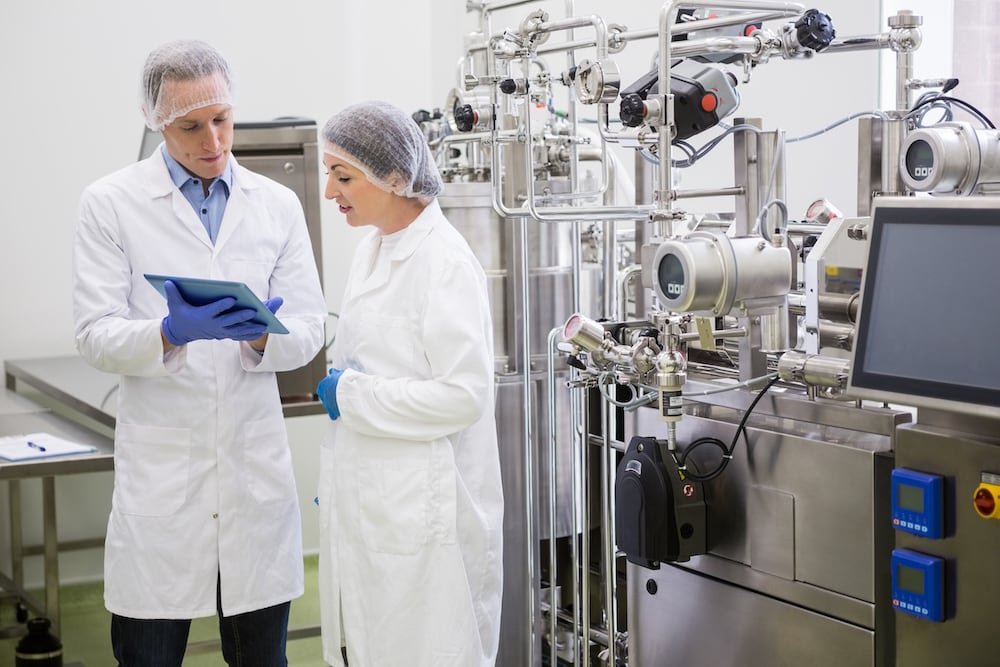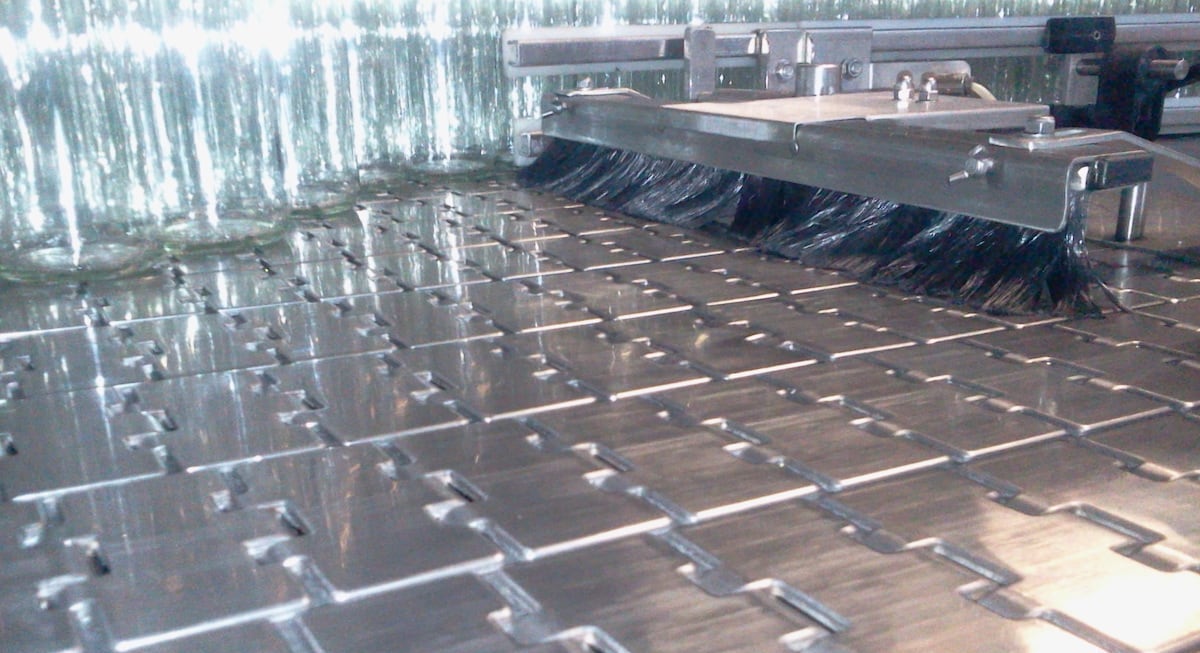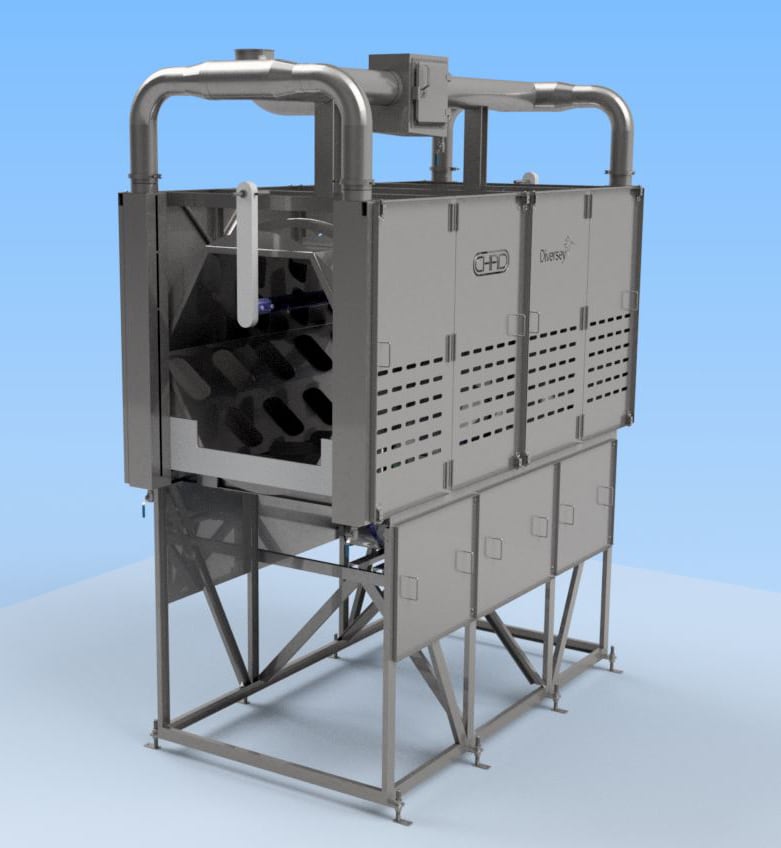What is Paracetic Acid?
Peracetic acid (peroxyacetic acid) is produced by an equilibrium reaction of acetic acid and hydrogen peroxide. It is always present in a solution that also contains acetic acid and hydrogen peroxide. Peracetic acid is one of the strongest oxidizers in existence (ozone and chlorine dioxide are stronger) and is used extensively to control microbial activity in many applications. Its mode of antimicrobial activity is oxidation—destroying the cell walls. Because of its strong oxidation potential very few organisms can survive in its presence nor can they develop a tolerance to peracetic acid.
In concentrated form, peracetic acid is an environmental hazard capable of killing plant and animal life on the ground and in waterways. Fortunately, it is not a persistent environmental hazard because it decomposes readily when exposed to oxygen, water, and acetic acid (white vinegar)—relatively innocuous byproducts with minimal impact on the environment.
This oxidation potential, combined with its corrosive properties, makes peracetic acid a major safety hazard.
Paracetic Acid Risks
- If peracetic acid is spilled onto any material that can be ignited there is the potential of spontaneous combustion.
- If it happens to dehydrate to greater than 42% peracetic acid concentration in solution, it becomes an explosion hazard.
- It can also corrode many materials including living tissue resulting in burns and blisters on skin.
Paracetic Acid Safety and Disposal
The simplest way to mitigate personal contact with peracetic acid is to dilute it with plenty of cool water. For environmental exposure, try to contain the spill and prevent it from getting into any waterways, then absorb onto a suitable absorbent and dispose as solid waste. The strong pungent fumes from peracetic acid can cause respiratory and eye problems including chemical burns to the eyes and respiratory tract so proper eye protection, respiratory protection, and safety gear should be worn whenever exposure in the atmosphere exceeds 1 ppm.
To view our Safety Data Sheets, click here. In case of an emergency, contact CHEMTREC immediately(800) 424-9300, followed by your Birko technical sales representative.
Terry McAninch, VP of Research & Development for Birko, retired in July 2017 after 34 years with the company. To speak with another member of our R&D team, call us at (303) 289-1090 or [email protected].








